India will be promoting poverty — a hole for people to fall into
By RN Bhaskar
Image generated suing https://deepai.org/machine-learning-model/text2img
When it comes to development and increasing the prosperity of common folk, India needs to take a lesson or two from what Tamil Nadu has been doing (https://www.livemint.com/industry/india-auto-localisation-norms-chinese-rare-earth-magnet-crisis-plis-electric-vehicles-siam-testing-). While the government at the centre talks a lot about poverty alleviation, the numbers that are available suggest that there is an inbuilt bias towards promoting poverty, not wealth generation.
Consider what this state did for the hinterland of Tirunelveli, a backward district. This was an area that was rife with communal discord and poverty. That is why many farmers opted to leave that area, letting their lands to lie fallow.
Then the government moved in with schemes that allowed its officials to persuade investors to invest in these areas, promising them connectivity to the sea by road, rail and water – and assuring them of both water and electricity. Some investors wanted plots outside Chennai, but the state’s officials were able to persuade them to invest in these hinterlands.
The results are quite amazing –
- Some of the investors include big names like Tata-JLR, Godrej Consumer Products, Hon Hai Technology, VinFast, Tata Solar, Yokohama Tyres, Britannia, Tata Electronics, Ola, Milky Mist, Jabil TKG Taiwan Co, and Kothari-Phoenix King Shoes.
- The investors themselves are pleased as the land and facilities were available at a much lower price than earlier estimated.
- Since connectivity and facilities were ensured by the state government, they could focus on operations. Suitable investments were also made to promote education and healthcare. That brought in real estate developers as well.
- Employment numbers in that area began growing.
- People started returning to these lands. Property prices climbed. And since there was money to be made, there was no more talk along communal lines.
Effectively, the state too began making money — through taxes, goods sold, transportation, eateries. The state GSDP also registered a smart increase.
Of course, the state knew that this would mean that people in that area would now have smaller families. But alleviating people from poverty is always more important than population numbers.
And this is why progressive states are against the delimitation exercise in its present form (https://bhaskarr.substack.com/p/the-battle-for-constitutional-voice).
In fact, the Tamil Nadu plan to develop the hinterland and bring prosperity to these backward areas underscores a major problem with the current delimitation provisions. There is a bias for major political parties and the central government not to pull people out of poverty. India has been promoting, or even ‘protecting’, poverty through a variety of ways.
Nowhere is the government’s inability, or even unwillingness, to pull people out of poverty in greater evidence than during Covid times. Brilliant research done by Pew Research Centre shows how India ended up protecting the rich. Every other category of India’s population suffered a decline, except the poor. Their numbers swelled by over 75 million.
Even now, data on poverty in India can be misleading. Food handouts make the poor and the destitute better off because they do not die of starvation. Few bother about the fact that such measures only teach poor people not to work. It will worsen their plight in the coming years and decades.
This indifference towards pulling people out of poverty can be seen from other numbers as well.
The most notable among them is state-wise capital outlays.
Which were the top five states which saw the largest surges in capital outlays last year? The numbers above show that it was Delhi, Andhra Pradesh, Rajasthan, Gujarat and West Bengal.
The one thing common to all of them is that they are being looked at very closely by the centre – either for the purpose of elections, or for wooing the polity in those states to be on the side of the centre when it comes to voting on any issue in the parliament. The north-eastern states were left out in the cold.
Instead, capital allocation should have been encouraged in the poorer states, not just the electorally important.
When this chart is taken in conjunction with another table which shows how much of deficit the states were allowed to notch up, you begin to discern a pattern of favouritism, aimed at garnering support or influencing voters than in alleviating poverty.
 When deficits are allowed to soar
When deficits are allowed to soar
Look at the table above. The states that were allowed to run up the largest deficits are Arunachal Pradesh, Sikkim, Tripura, Madhya Pradesh and Andhra Pradesh.
Tripura and Madhya Pradesh are states where minorities are being singled out for unfair treatment. Arunachal Pradesh and Andhra Pradesh are being nudged in that direction. Sikkim appears to be the odd one out. But again, it could also be because it is the closest to the India-China border, and the government allows deficits to run high because it wants to ensure that the elected representatives there remain beholden to the centre.
Had the concern been poverty alleviation, more attention would have been paid to capital allocation to create jobs, and wealth for the people in the poorest of states.
India does not provide regular data on per capital incomes state-wise. So, one must depend on GDP per capita.
The states with the lowest per capita GDP are Bihar, Uttar Pradesh, Jharkhand, Manipur and Meghalaya.
There is a general agreement that population growth is linked to poverty, not religion. So, even though politicians may decry one community or the other for having more children, the truth is that if people begin earning more, they will have less children. That way they ensure that each child gets a better share than if there were many mouths to feed.
And this is where the irony begins.
Politicians like a higher rate of population growth because it allows them to claim a higher representation in the delimitation exercise.
That is why, it makes sense for such states to encourage population growth by keeping people poor. Moreover, poor people can be easily swayed by freebies, especially when their votes are to be ‘purchased’. In order words, there is an inbuilt bias in keeping poor the people in those states that are critical in terms of votes.
This becomes quite clear when we consider population growth rates.
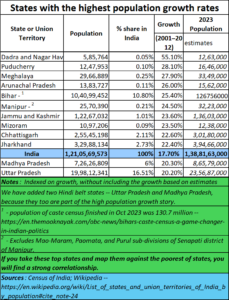 Key states with high population growth rates
Key states with high population growth rates
The key states that matter are Meghalaya, Arunachal Pradesh, Bihar, Manipur, Mizoram, Chhattisgarh, Jharkhand, Uttar Pradesh, and Madhya Pradesh.
As mentioned above, the poorest states are Bihar, Uttar Pradesh, Jharkhand, Manipur and Meghalaya They have the lowest per capita GDP.
It underscores the relationship between poverty and high population growth rates. And this is where India will never become a great country. As a recent podcast (https://www.youtube.com/watch?v=GUySuE0SQcY) points out, India’s absence in the Forbes list of the top 10 global powers has resulted in a lot of mockery about the vaunted claims that India’s leaders like to make.
Nut what the video does not point out is that India has an inbuilt bias towards keeping its people poor and thus using demographics to effect political change. The aim is not to make people rich. It is not to pull them out of poverty.
To do this, education is ignored, as are capital outlays. The more often common people remain poor, the more children will they have and the more can politicians justify giving such states a higher share in the voting pattern in this country.
If delimitation has to make any sense, it must be subject to norms relating to removal of poverty and illiteracy. It must be linked to per capta income (or in its absence to per capta GDP) growth.
Unless this is done, India will remain incentivised to create more poor people.
Statements like Viksit Bharat then begin to sound hollow, even mocking the people who want India to be among the best.
———————–
Do view my latest podcast “The ugly side of GST” You can view it at https://youtu.be/EBIdM1AcB34
———————–
And do watch our daily “News Behind the News” podcasts, streamed ‘live’ every morning, Monday through Friday, at 8:15 am IST. The latest can be found at https://www.youtube.com/live/DeP4f_Jrp7k?si=jF4zt08IGJUgOj4k
———————–


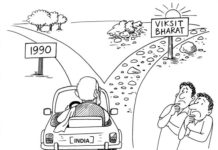


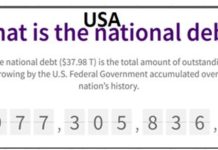






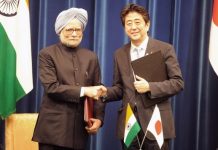








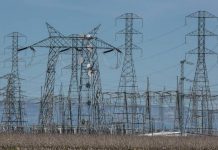




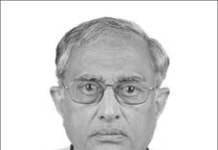

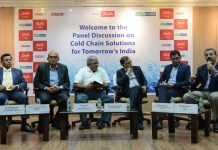
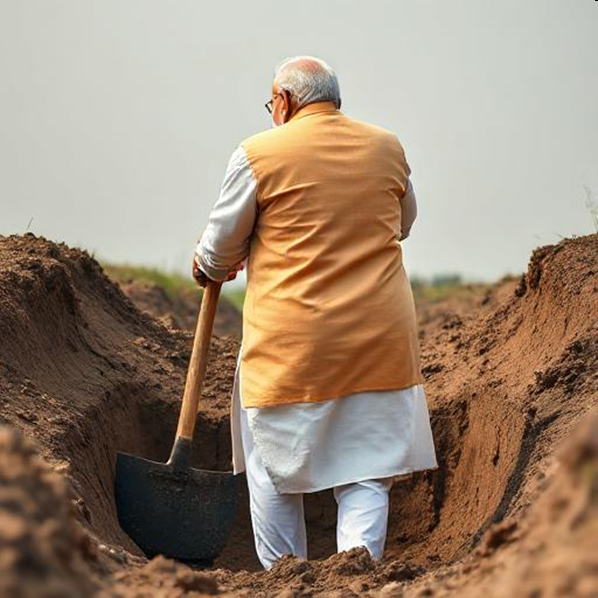
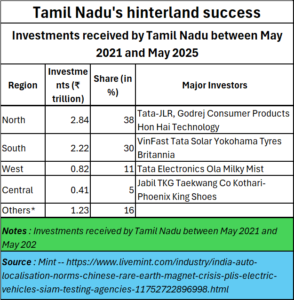
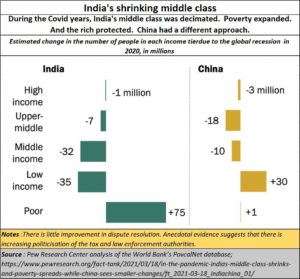
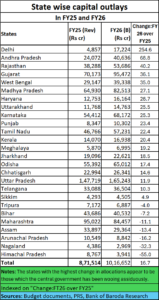
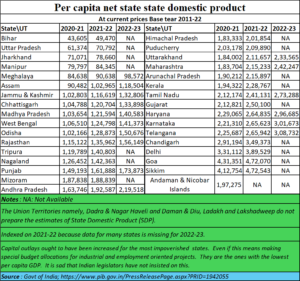







COMMENTS